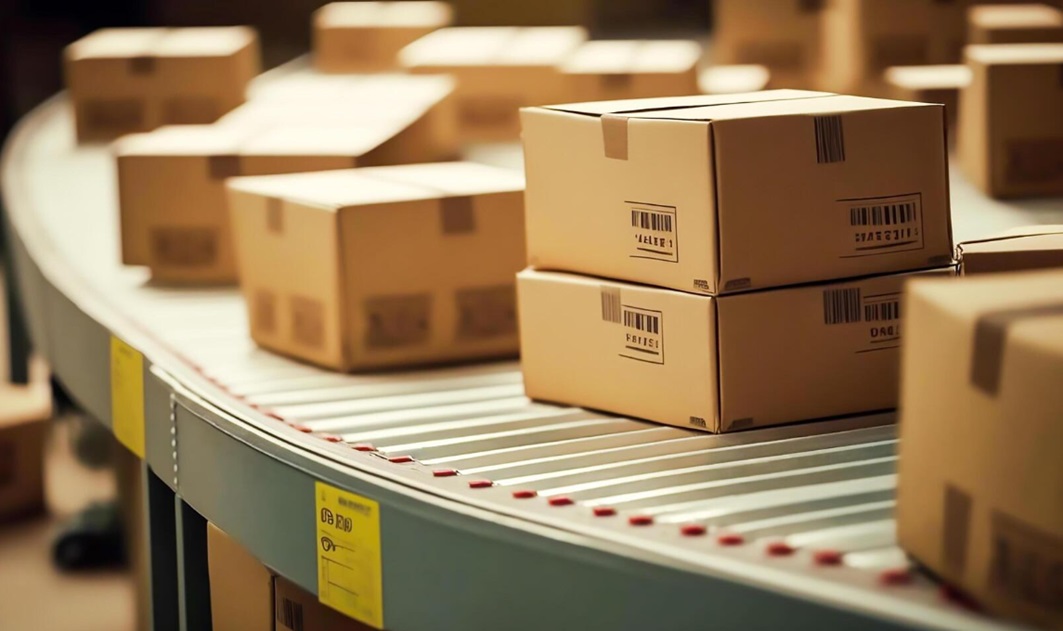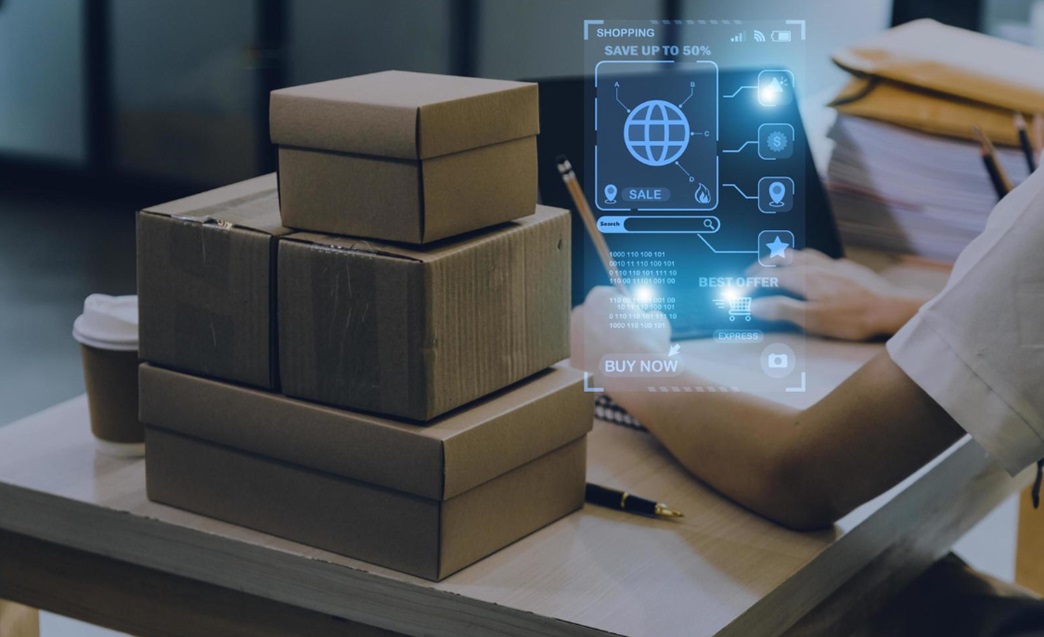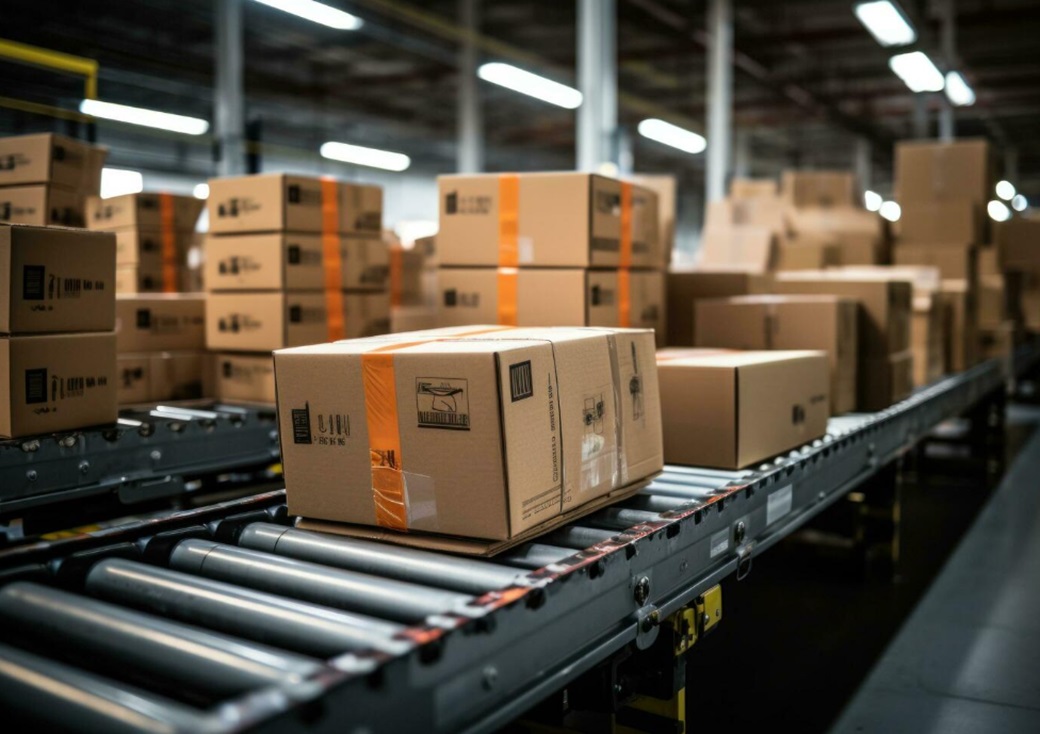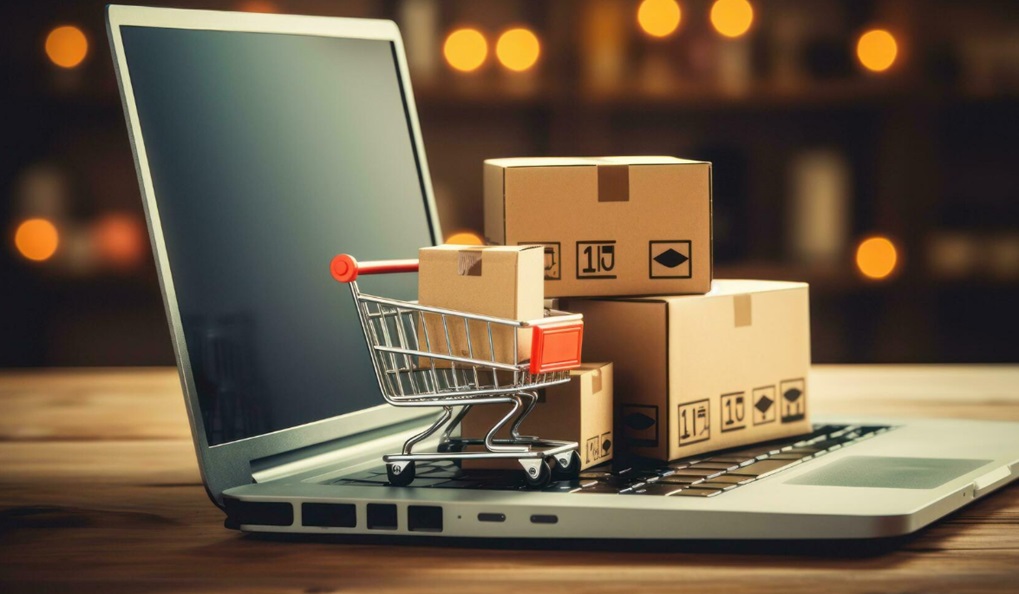Introduction to Ecommerce Fulfillment Trends to Watch in 2024
The landscape of ecommerce is constantly evolving, driven by technological advancements, changing consumer behaviors, and market dynamics. Ecommerce order fulfillment, a critical aspect of this industry, is no exception. In 2024, several key trends are poised to reshape ecommerce fulfillment, offering businesses new opportunities to enhance efficiency, accuracy, and customer satisfaction. This article delves into these emerging trends and their potential impact on the ecommerce sector.

The Rise of Automated Warehouses
- Automated Storage and Retrieval Systems (AS/RS): These systems use advanced robotics to store and retrieve products, significantly speeding up the picking process.
- Robotic Process Automation (RPA): Robots are increasingly handling repetitive tasks such as sorting, packing, and labeling, which reduces human error and increases throughput.
Benefits of Automation
- Enhanced Efficiency: Automation reduces the time required for various fulfillment tasks, allowing businesses to process orders faster.
- Cost Savings: By reducing the reliance on manual labor, businesses can achieve significant cost reductions.
- Scalability: Automated systems can easily scale up to handle increased order volumes, especially during peak seasons.
Trend 2: Advanced Data Analytics and AI
Predictive Analytics
- Demand Forecasting: Using historical data and machine learning algorithms, businesses can predict future demand more accurately, optimizing inventory levels and reducing stockouts.
- Customer Insights: Analyzing customer behavior helps in personalizing marketing strategies and improving customer retention.
AI in Customer Support
- Chatbots and Virtual Assistants: AI-driven chatbots provide instant customer support, handling common inquiries and freeing up human agents for more complex issues.
- Personalization: AI algorithms recommend products based on customer preferences and browsing history, enhancing the shopping experience.
Trend 3: Sustainable Fulfillment Practices
Eco-Friendly Packaging
- Biodegradable Materials: Increasing use of biodegradable and recyclable packaging materials to reduce environmental impact.
- Minimal Packaging: Designing packaging to minimize waste while ensuring product protection.
Green Logistics
- Electric Delivery Vehicles: Adoption of electric vehicles (EVs) for last-mile delivery to reduce carbon emissions.
- Carbon Offset Programs: Partnering with carbon offset programs to neutralize the environmental impact of shipping.
Trend 4: Integration of Internet of Things (IoT)
Smart Warehouses
- IoT Sensors: Using IoT devices to monitor warehouse conditions such as temperature and humidity, ensuring optimal storage conditions.
- Real-Time Inventory Tracking: IoT-enabled systems provide real-time updates on inventory levels, reducing the risk of stockouts and overstocking.
Enhanced Shipment Tracking
- GPS and RFID: Implementing GPS and RFID technology to provide customers with real-time tracking information, enhancing transparency and trust.
- Condition Monitoring: IoT sensors monitor the condition of shipments, ensuring products are delivered in optimal condition.
Trend 5: Omnichannel Fulfillment
Unified Inventory Management
- Centralized Systems: Integrating inventory across all sales channels to provide a unified view and manage stock more efficiently.
- Dynamic Allocation: Using real-time data to dynamically allocate inventory to different channels based on demand.
Flexible Delivery Options
- Buy Online, Pick Up In-Store (BOPIS): Offering customers the option to pick up their online orders at physical store locations.
- Same-Day Delivery: Expanding same-day delivery services to meet the growing demand for faster delivery options.
Trend 6: Focus on Last-Mile Delivery Innovations
Micro-Fulfillment Centers
- Urban Warehouses: Establishing smaller, strategically located warehouses in urban areas to reduce delivery times.
- Automated Fulfillment: Using automation within these centers to speed up the picking and packing process.
Autonomous Delivery Solutions
- Drones and Robots: Exploring the use of drones and autonomous robots for last-mile delivery to enhance efficiency and reduce costs.
- Delivery Lockers: Installing smart lockers in convenient locations where customers can pick up their orders at their convenience.
Trend 7: Enhanced Returns Management
Streamlined Returns Process
- Automated Returns Handling: Implementing systems that automate the returns process, from receiving returned items to restocking.
- User-Friendly Portals: Providing customers with easy-to-use online portals for initiating returns and tracking the status of their return.
Sustainable Returns Practices
- Refurbishing and Reselling: Increasing efforts to refurbish and resell returned items to reduce waste and recoup losses.
- Eco-Friendly Disposal: Partnering with recycling companies to ensure that returned items that cannot be resold are disposed of responsibly.
Trend 8: Personalization and Customer Experience
Tailored Shopping Experiences
- Personalized Recommendations: Leveraging AI to offer product recommendations based on individual customer preferences and shopping behavior.
- Custom Packaging: Offering personalized packaging options, such as custom messages or gift wrapping, to enhance the customer experience.
Improved Customer Communication
- Proactive Updates: Providing customers with proactive updates on their order status, including real-time tracking and expected delivery times.
- Enhanced Support Channels: Expanding support channels to include live chat, social media, and messaging apps to provide timely assistance.
Trend 9: Cloud-Based Fulfillment Solutions
Scalable Infrastructure
- Flexibility: Cloud-based systems provide the flexibility to scale up or down based on demand, making them ideal for handling peak seasons.
- Remote Management: These systems enable remote management of fulfillment operations, allowing businesses to monitor and control processes from anywhere.
Integration and Collaboration
- Seamless Integration: Cloud-based solutions easily integrate with other ecommerce platforms and tools, ensuring a smooth flow of information.
- Collaborative Tools: These systems offer collaborative tools that enhance communication and coordination among different teams involved in the fulfillment process.
Trend 10: Enhanced Cybersecurity Measures
Protecting Customer Data
- Data Encryption: Implementing advanced encryption methods to protect sensitive customer data during transactions and storage.
- Compliance: Ensuring compliance with data protection regulations, such as GDPR and CCPA, to avoid legal repercussions and build customer trust.
Secure Payment Processing
- Multi-Factor Authentication (MFA): Requiring MFA for payment transactions to enhance security and reduce the risk of fraud.
- Fraud Detection: Using AI and machine learning to detect and prevent fraudulent activities in real-time.
Conclusion
As we move into 2024, the trends in ecommerce order fulfillment are set to redefine the industry, driven by technological innovations and changing consumer expectations. From increased automation and AI-driven insights to sustainable practices and enhanced customer experiences, these trends offer ecommerce businesses new ways to optimize their operations and stay competitive. Embracing these trends will not only improve efficiency and reduce costs but also enhance customer satisfaction and loyalty, ensuring long-term success in the dynamic ecommerce landscape.
Frequently Asked Questions
In 2024, key ecommerce fulfillment trends include increased automation, advanced data analytics, and sustainable practices. Automation and robotics enhance efficiency by handling repetitive tasks, reducing human errors. Advanced data analytics and AI provide better demand forecasting and personalized customer experiences. Sustainable practices focus on eco-friendly packaging and green logistics. These trends help improve fulfillment processes, reduce costs, and increase customer satisfaction in the ecommerce storefront.
Automation will revolutionize ecommerce fulfillment by increasing efficiency and scalability. Automated warehouses with technologies like Automated Storage and Retrieval Systems (AS/RS) will speed up the picking process. Robotic Process Automation (RPA) will handle tasks such as sorting and packing, reducing reliance on manual labor. This shift not only lowers operational costs but also allows ecommerce storefronts to process higher order volumes quickly, especially during peak seasons, ensuring timely delivery.
AI in ecommerce fulfillment is used for predictive analytics and enhancing customer support. Predictive analytics helps businesses forecast demand, optimizing inventory management and reducing stockouts. AI-driven chatbots and virtual assistants provide instant customer support, handling common inquiries efficiently. AI also personalizes the shopping experience by recommending products based on customer preferences and browsing history. These applications of AI improve customer satisfaction and streamline fulfillment processes in the ecommerce storefront.
Sustainability is a major focus in ecommerce fulfillment trends for 2024. Businesses are adopting eco-friendly packaging, using biodegradable materials, and minimizing packaging waste. Green logistics involves using electric delivery vehicles and partnering with carbon offset programs to reduce the environmental impact of shipping. These sustainable practices help ecommerce storefronts meet consumer demands for environmentally responsible operations, improving brand reputation and contributing to a healthier planet.
The Internet of Things (IoT) is transforming ecommerce fulfillment by enabling smart warehouses and real-time shipment tracking. IoT sensors monitor warehouse conditions, such as temperature and humidity, ensuring optimal storage. They also provide real-time inventory updates, reducing the risk of stockouts and overstocking. GPS and RFID technologies enhance shipment tracking, offering customers transparency and reliable information about their orders. IoT integration improves operational efficiency and customer trust in ecommerce storefronts.
Micro-fulfillment centers are transforming last-mile delivery by establishing smaller, automated warehouses in urban areas. These centers reduce delivery times and costs by being closer to customers. They use automation for efficient picking and packing, speeding up order processing. Additionally, innovative solutions like drones, autonomous robots, and delivery lockers further enhance delivery efficiency. These trends in ecommerce fulfillment ensure faster and more convenient delivery options, meeting growing consumer expectations for quick service.
Advancements in returns management for ecommerce include streamlined returns processes and sustainable practices. Automated systems handle returns efficiently, from receiving items to restocking, reducing processing time. User-friendly online portals allow customers to initiate returns and track their status easily. Sustainable practices involve refurbishing and reselling returned items and partnering with recycling companies for eco-friendly disposal. These improvements in ecommerce fulfillment enhance customer satisfaction and promote responsible business practices.
Personalization enhances the ecommerce fulfillment experience by tailoring shopping journeys to individual customer preferences. AI algorithms recommend products based on browsing history and past purchases, increasing relevance and satisfaction. Personalized packaging options, like custom messages or gift wrapping, create a unique customer experience. Proactive updates on order status and real-time tracking build trust and improve communication. These personalization efforts make the ecommerce storefront more engaging and customer-centric.
Cloud-based fulfillment solutions offer scalability and flexibility for ecommerce businesses. They allow for easy scaling up or down based on demand, making them ideal for handling peak seasons. Remote management capabilities enable businesses to monitor and control fulfillment operations from anywhere. Seamless integration with other ecommerce platforms and tools ensures a smooth information flow. Collaborative tools enhance communication among teams, improving efficiency and coordination in the ecommerce storefront.
Enhanced cybersecurity measures are crucial for protecting customer data and ensuring secure transactions in ecommerce fulfillment. Implementing advanced data encryption and complying with regulations like GDPR and CCPA safeguard sensitive information. Multi-Factor Authentication (MFA) for payment transactions reduces fraud risks. AI and machine learning are used to detect and prevent fraudulent activities in real-time. These measures build customer trust and protect the integrity of ecommerce storefronts, ensuring a secure shopping experience.
Get A Quote
"*" indicates required fields



